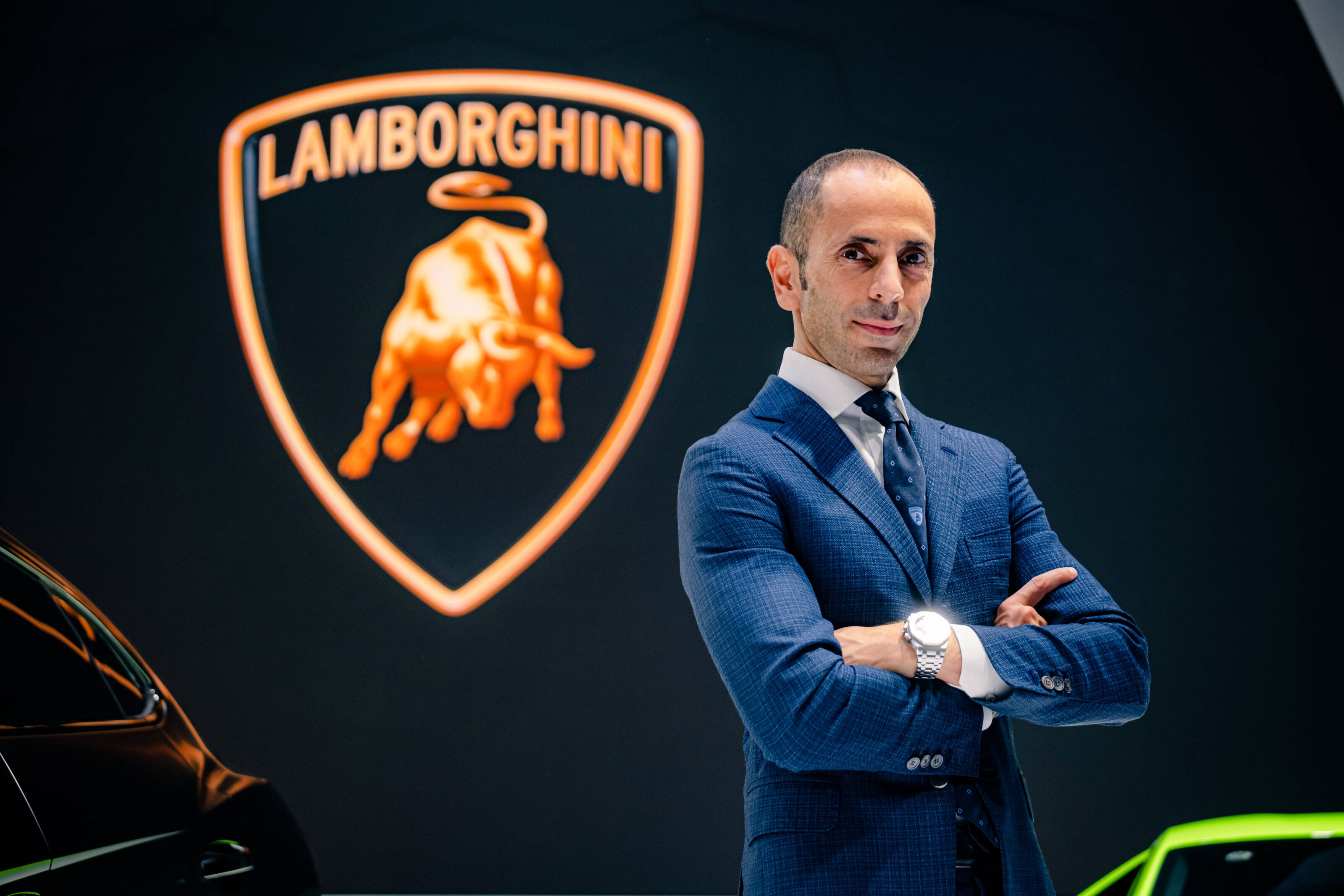Francesco Scardaoni is a man with his hands full right now. Lamborghini is a business in rapid transition.
Twenty years ago, the business sold 424 cars a year. Ten years ago, it produced 2083 vehicles. Last year it shifted 8405 units. Show us a business that more than quadruples its volumes every decade and we’re always interested in the backstory.
As director of one of the fast-growing Asia Pacific market, Scardaoni has more on his plate than merely taking orders. We sat down with him at the Australian Grand Prix to understand where he sees the business.
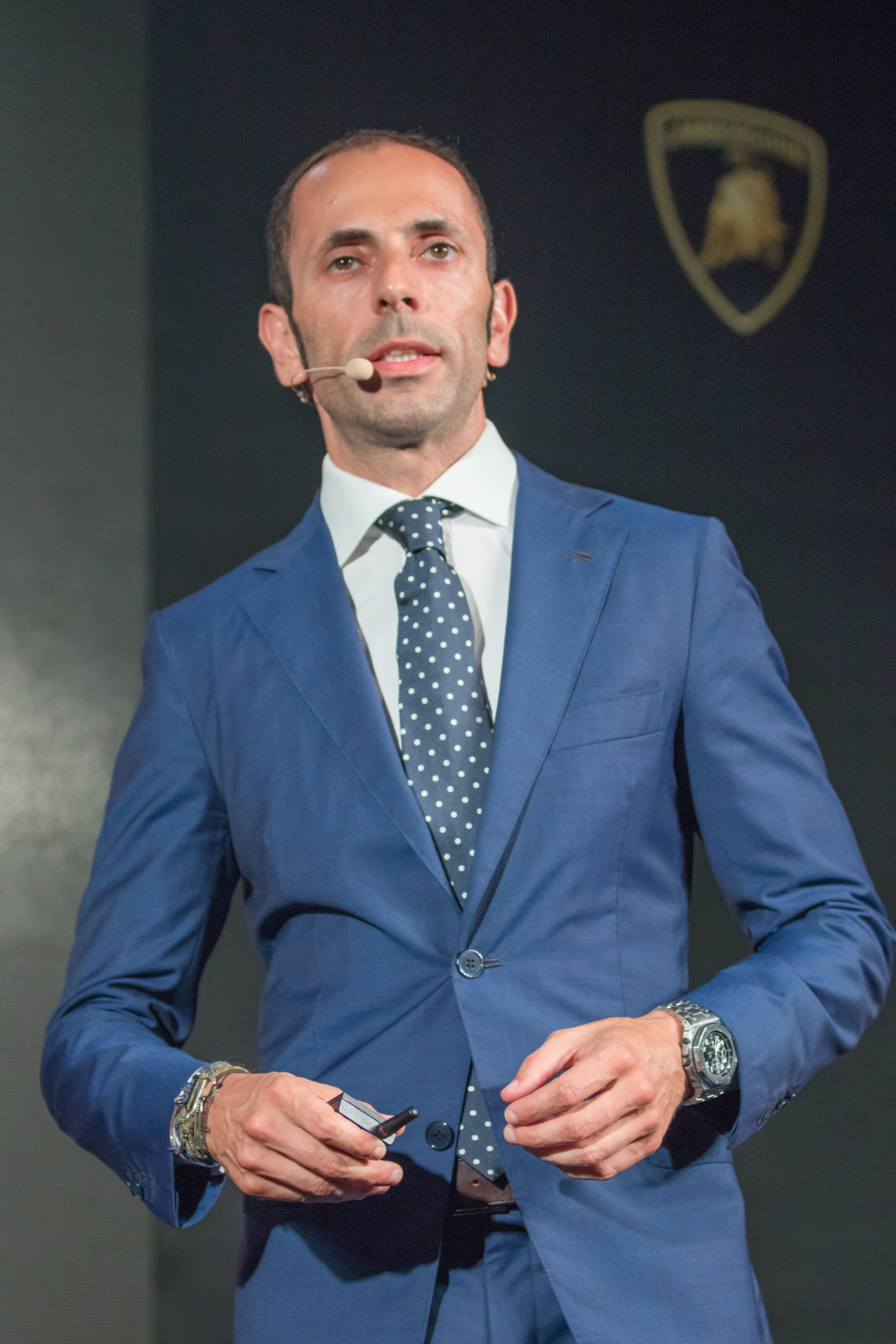
Has the Urus lived up to what you expected in terms of bringing new customers to the brand?
Urus was a game changer since day one of its release. We presented Urus in 2012 Beijing Auto Show and we received tremendous feedback. Then we went to the market and released the car in 2018, and 2019 was the first full year of Urus out in the market and if you see the company result, basically we doubled.
We doubled in terms of production but in terms of change, it was not really change. The company changed: we didn’t double the number of employees but we increased the number of employees by 500. The company totally changed.
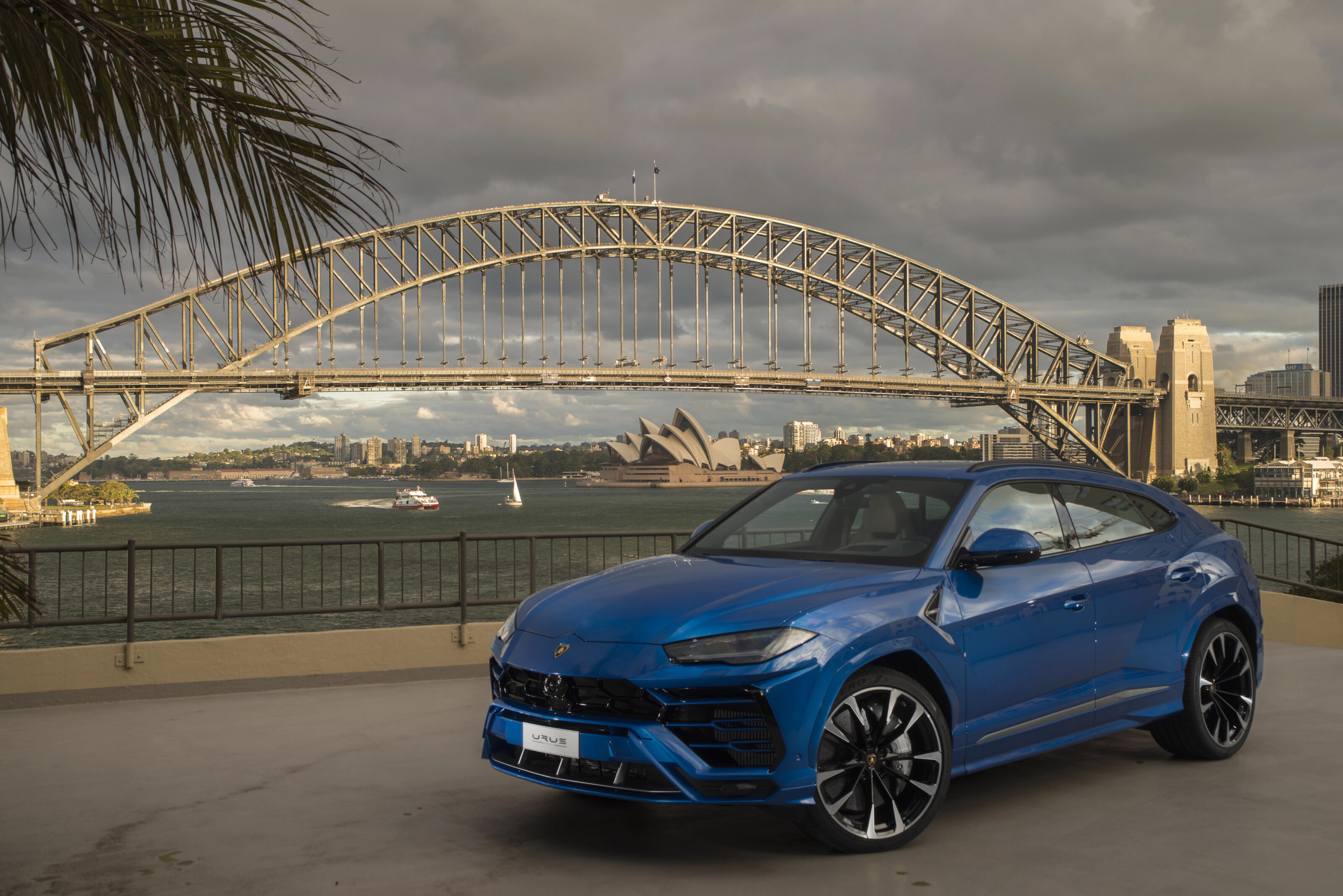
Also the customer type changed. Since the beginning [of Urus production] we have 70 per cent of customers new to the brand. This was the rate at the beginning of the launch. Of course this was sort of natural because a lot of the customers knew Lamborghini but they didn’t want to buy Lamborghini because of the comfort of the super sport car. When I say comfort it is not that the super sport car is hard to drive; it’s just the number of seats. Urus opened new roles, new possibilities; families, friends so on. That’s why we got a lot of customers new to the brand because they never considered Lamborghini as a potential car due to the number of seats.
The way the Urus is driven is totally different. It’s used by many customers to commute between office and home, but it drives like a super sports car. It’s a super sports car with the comfort of an SUV. The car doesn’t roll, it doesn’t pitch – it gives you the feeling of driving a super sports car.
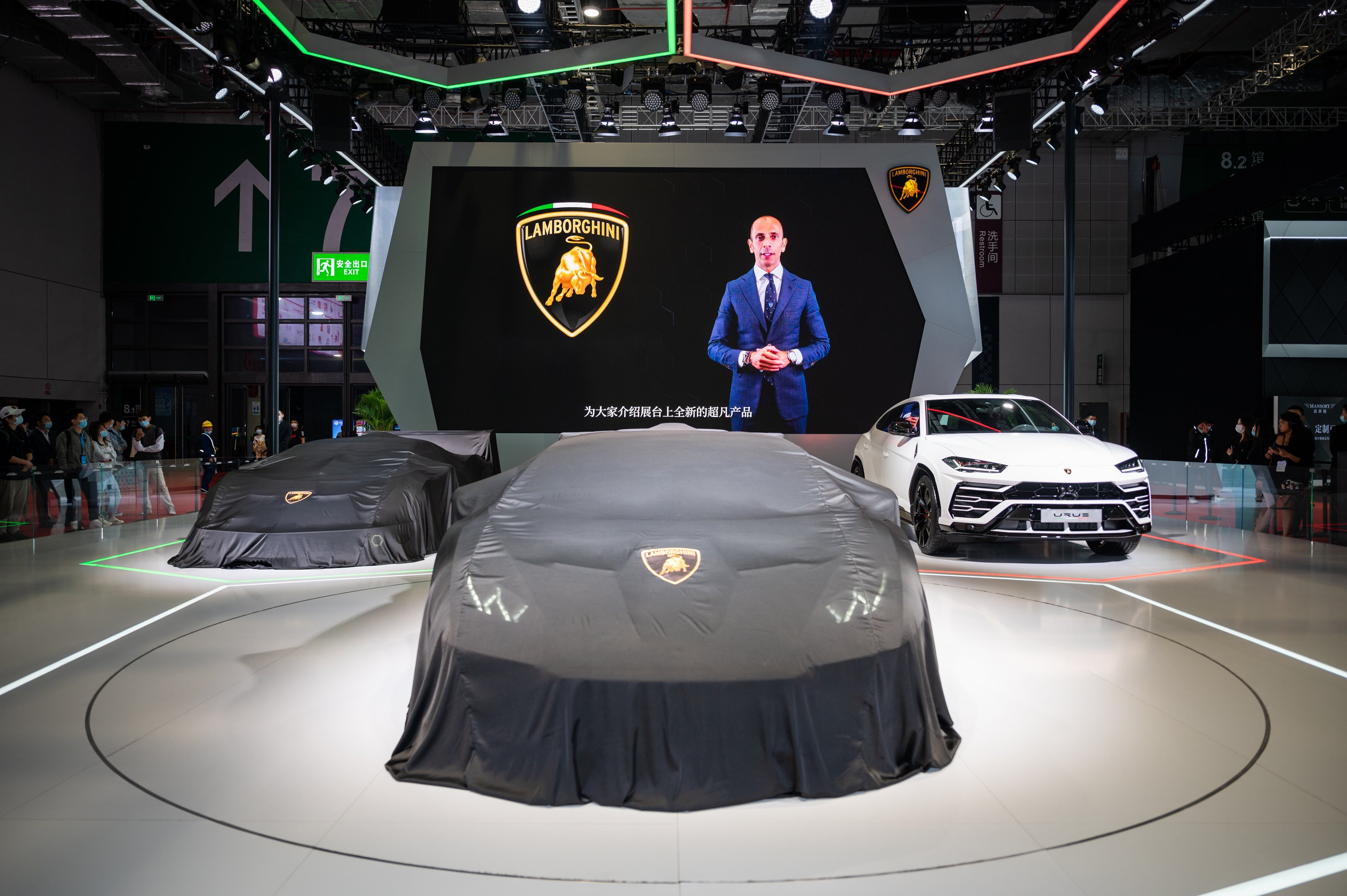
Given the rapid growth in the business, what specific challenges have you experienced in scaling up?
I wouldn’t call them challenges, but we needed to restructure the network according to the new volumes or the higher number of sales. Of course, we wanted to bring more detail into the market because we knew that we wanted to be closer to customers so we increased the population of our network.
We increased the number of dealers, we increased the size our workshops and our showrooms because we had to display the Urus and we have to service more Urus. We also increased the number of technicians. We started to provide training in different regions, so we introduced local training closer to technicians and dealers that had the need to be more deeply trained, so it was a game changer for our partners, our network.

But it felt natural in rolling out the cars and now the network is fully prepared in servicing not only the Urus that have been sold up to now but all the cars that will be sold in future.
How does a company that’s famous for V10s and V12s communicate a commitment to sustainability?
Lamborghini started the sustainability since many years ago. Since 2015 we are carbon neutral in terms of premises in Italy with a large investment into our facility with many certifications. And then as Mr Winkelmann announced in May last year, we released a new strategy for electrification called Direzione Cor Tauri, meaning the heart of the bull. It’s our strategy for future electrification and it’s a strategy that’s set on three different steps.
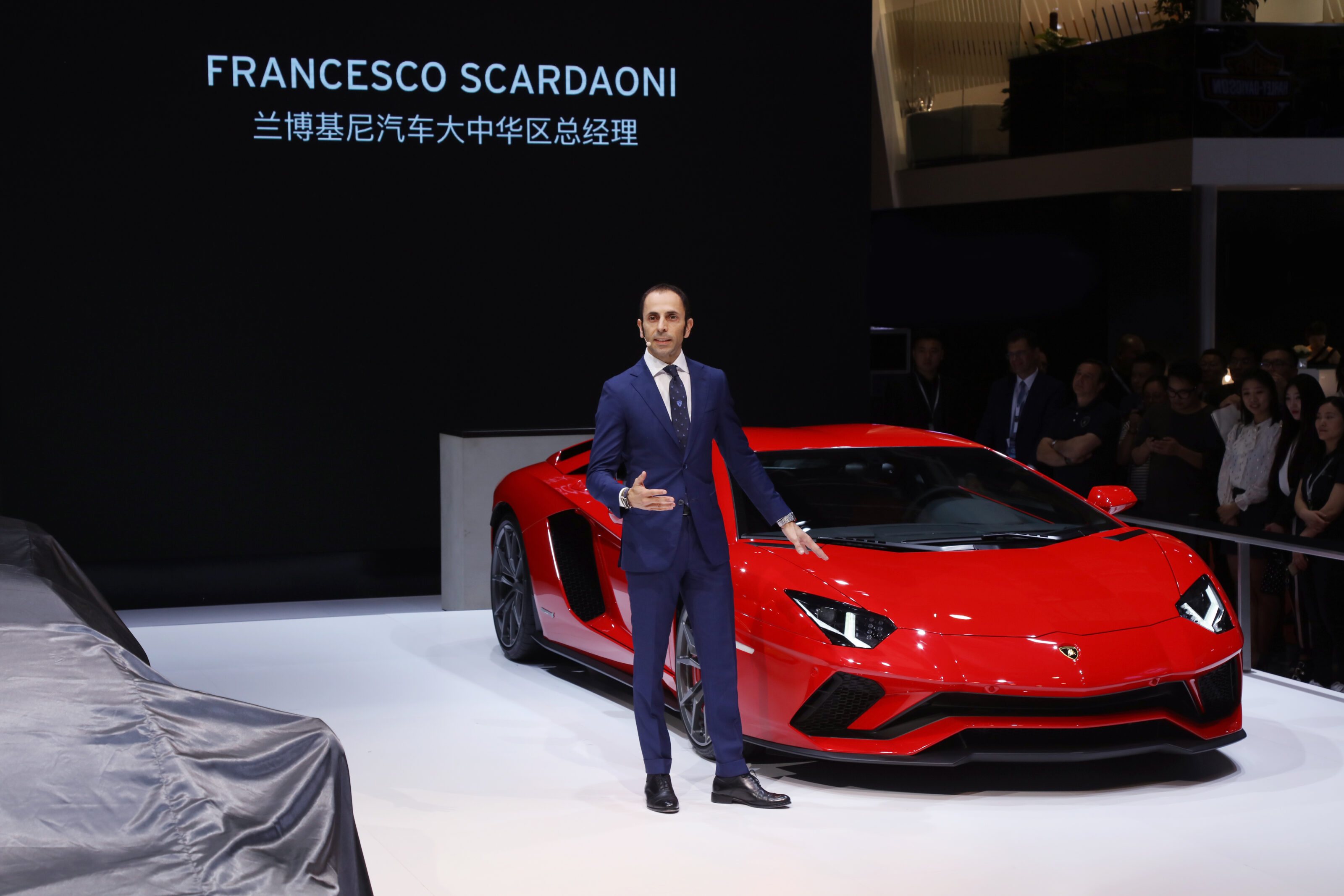
Then starting from 2023, we will step into the second phase of the electrification plan which is the hybridisation. So from 2023 we will have first hybrid Lamborghini which will be the Aventador – so the follower of the Aventador will be a V12 plug-in hybrid that will start the second step of our electrification plan and this will go up to 2025/2026 where all of our product range will be hybridised.
Also Huracan, and in order to complete the second step, Lamborghini already released the largest investment ever in the company – EUR1.5bn – to hybridise all of our product range and then to reach by 2023 a reduction in CO2 by 50 per cent. So a huge investment, a huge commitment to reach our target.
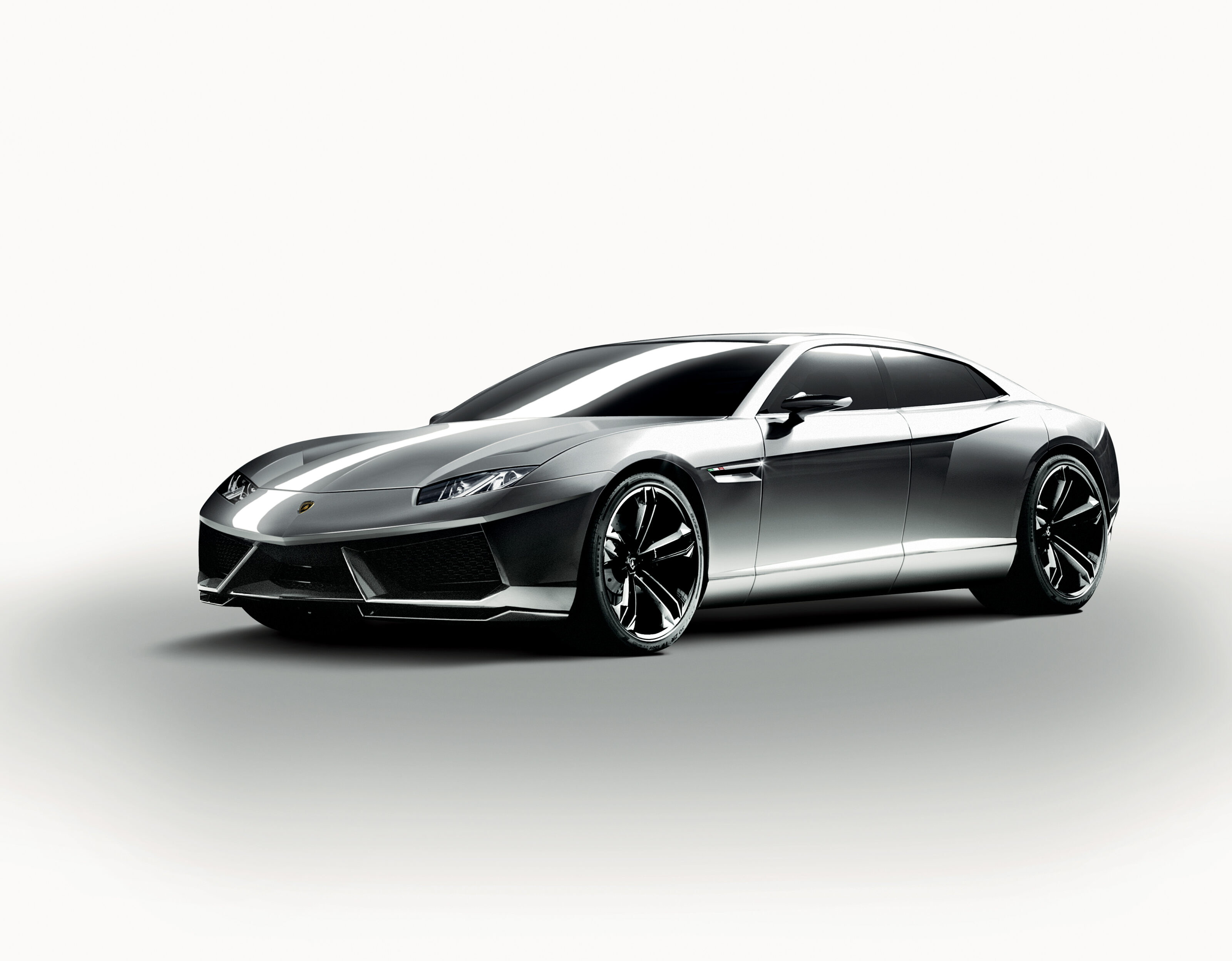
And then from the second part of the decade we will start with our pure electric phase, where we will release the first electric Lamborghini that will be a 2+2, two-door that we are still developing. That will be a new game changer for Lamborghini, introducing a fourth model. So we will have super sports cars, a super-SUV and a super-GT (a 2+2)
Maurizio Reggiani has been replaced by Rouven Mohr as Chief Technical Officer. Why was that and what changes do you see happening as a result?
Maurizio was with us for so many years. With his background in Maserati, Bugatti, Lamborghini, he’s the master of engineering. When you talk about super sports cars, he’s the man. Respect for Maurizio – he brought the company to where we are today. The models we have today are thanks to Maurizio.
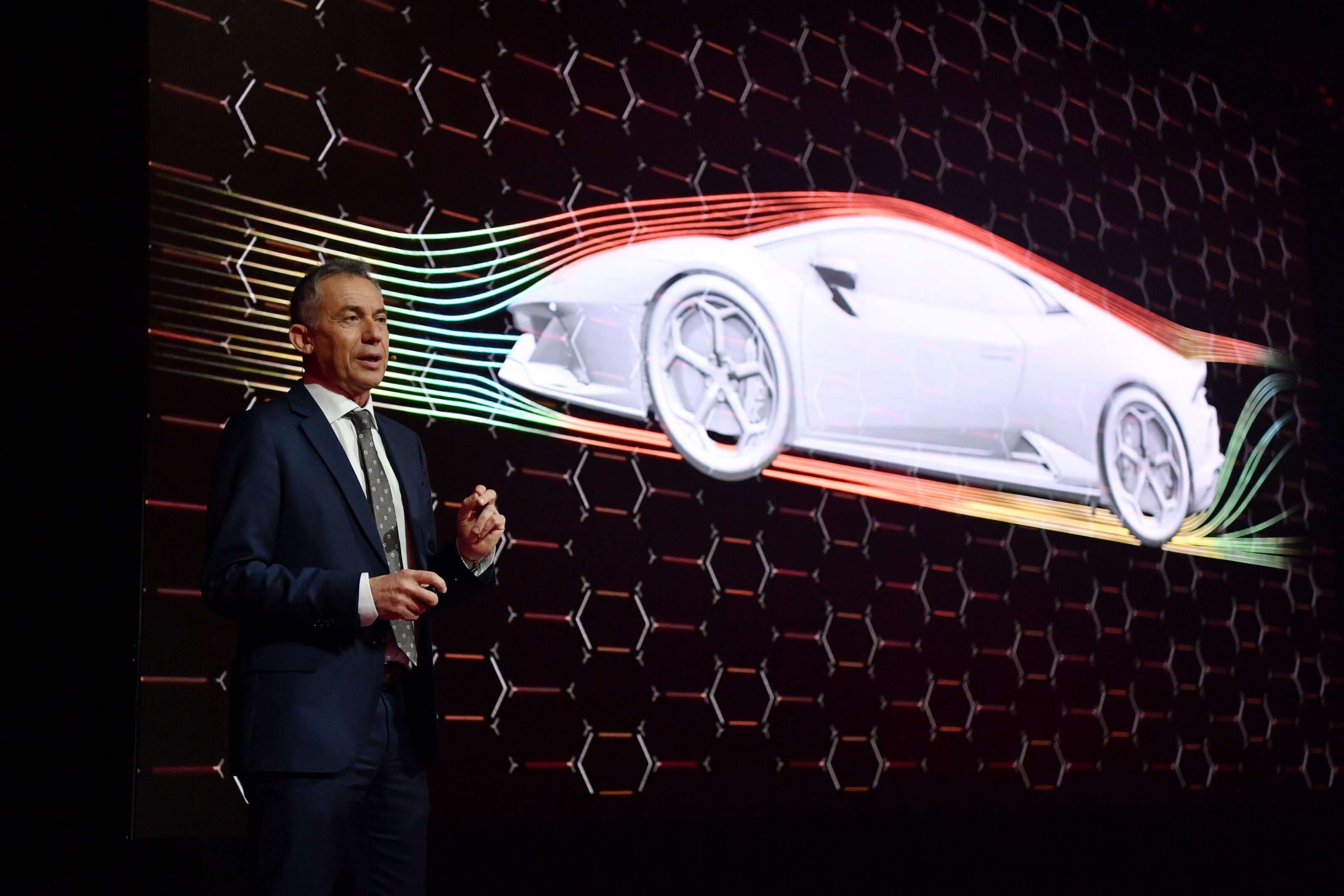
Maurizio is close to retirement and we are stepping into Phase Two – the hybridisation phase of our electrification plan – so we thought with Maurizio that it wouldn’t make so much sense to change the Chief Technical Officer in the middle of an electrification phase.
We thought it would have been better to start with the replacement of Maurizio at day one of the Step Two phase. This was a common agreement with Maurizio but he’s still in the company as motorsport vice-president and this is a sign that Lamborghini has some really big plans for motorsport.
It’s great to see sales growth of 14.4% last year here in Australia, but do you feel that you are over-reliant on one model in the Urus?
You are talking about delivering to customers. What we focus on a lot is order intake; order collection. What I’m really proud and happy to say is that we are witnessing how Australian customers are keen and they like the design of the cars. You see that with Urus and you see that with super sports cars. They love them.
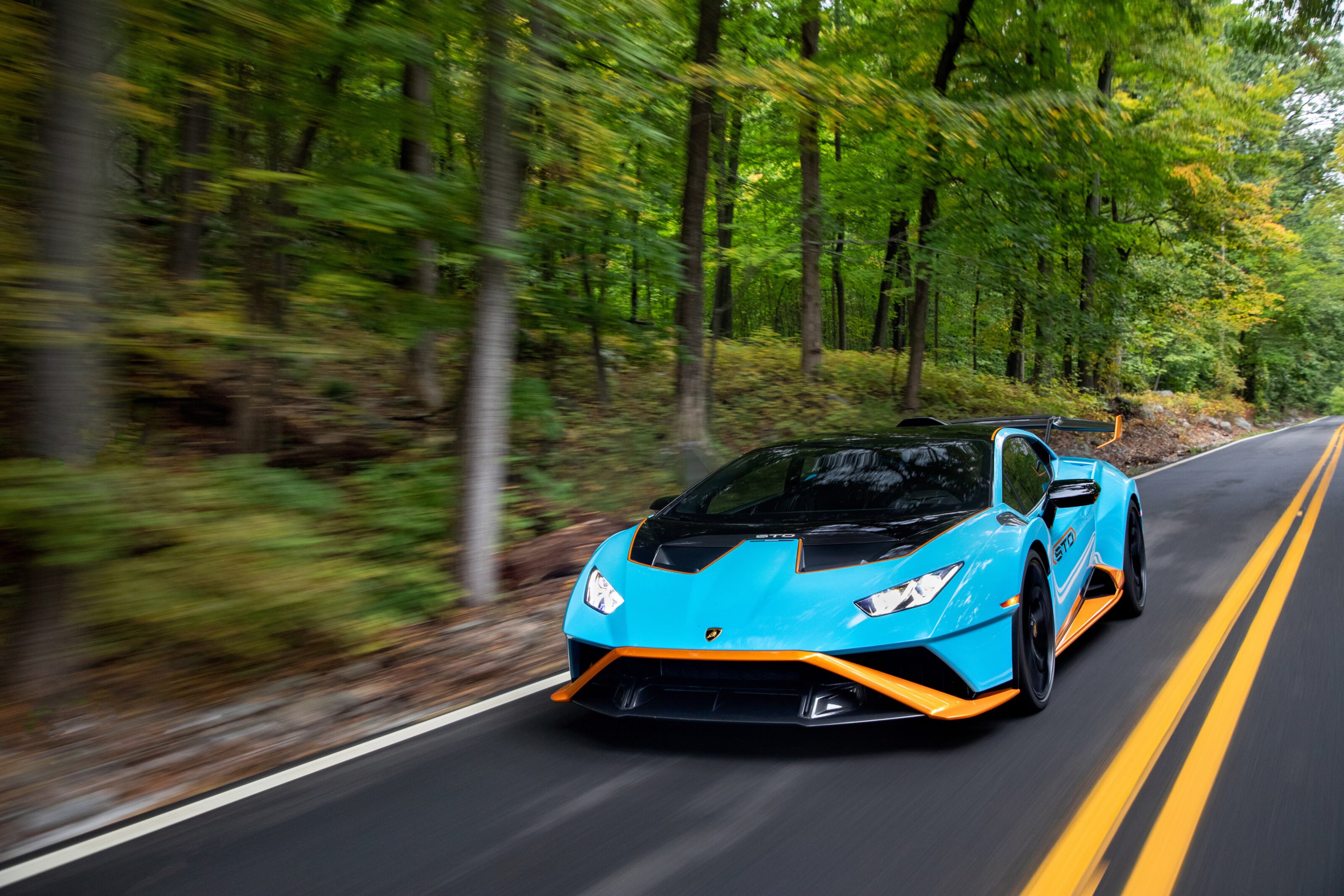
We are witnessing a huge order intake of super sports car. So basically our production plan for 2022 in Australia; super sport car – it’s already sold. So now we are selling 2023 – Huracan STO was a tremendous success here in Australia.
We had a driving session on Thursday and customers were getting out of the car shaking! The emotion of the NA engine sound, the feeling that I’m sitting in a Lamborghini, a car that is really a crystal clear car, like you have your hand on the asphalt. The steering feeling is so direct like a race car. The braking power is astonishing. It’s the first car that feels 1 to 1 to a GT3 car. The order collection that we see in Australia is unbelievable.
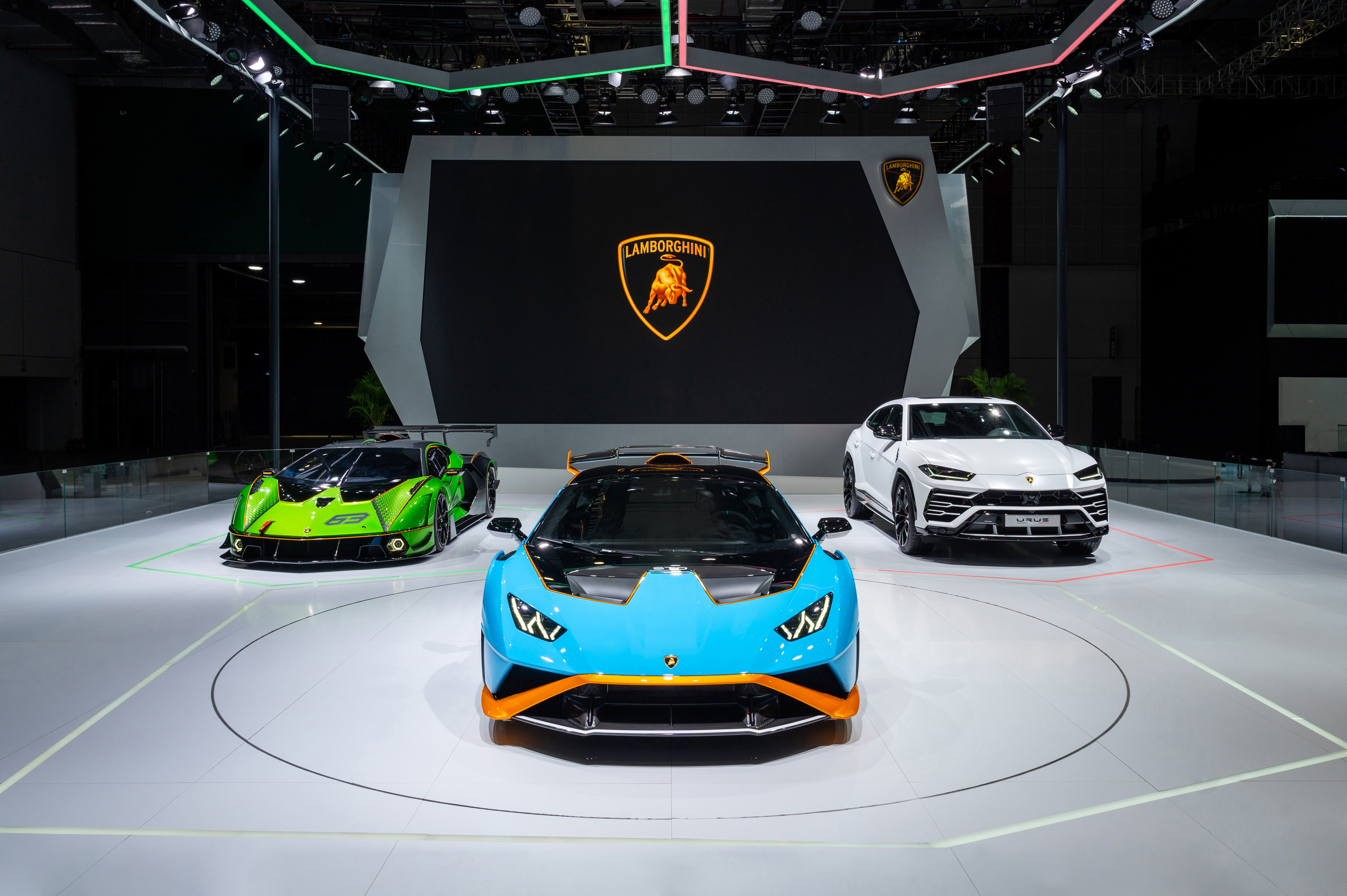
You will see in the near future that Urus will still be the most sold model but super sport cars will be almost there.
How have you fared in physically fulfilling those orders given the global supply chain issues?
Luckily we didn’t have a problem of shortage of semiconductors for two reasons. First of all we are able to share our long term production plans with our key suppliers so this allows them to of course properly plan their capacity. The main second reason is because we are part of Volkswagen Group and we are the brand with the highest marginality so that gives us priority on other brands. This helps us to get parts. We have the winning strategy.
What are the specific challenges of selling in Australia?
The challenge would be in the near future with electrification, especially when you speak about super sport cars. Thinking to have a pure electric super sport car can be not easy. Customers were stepping out of the STO shaking because of the emotion of a naturally aspirated engine sound and all the features of that. The transition to a pure electric car can be the most challenging project for a super sport car.
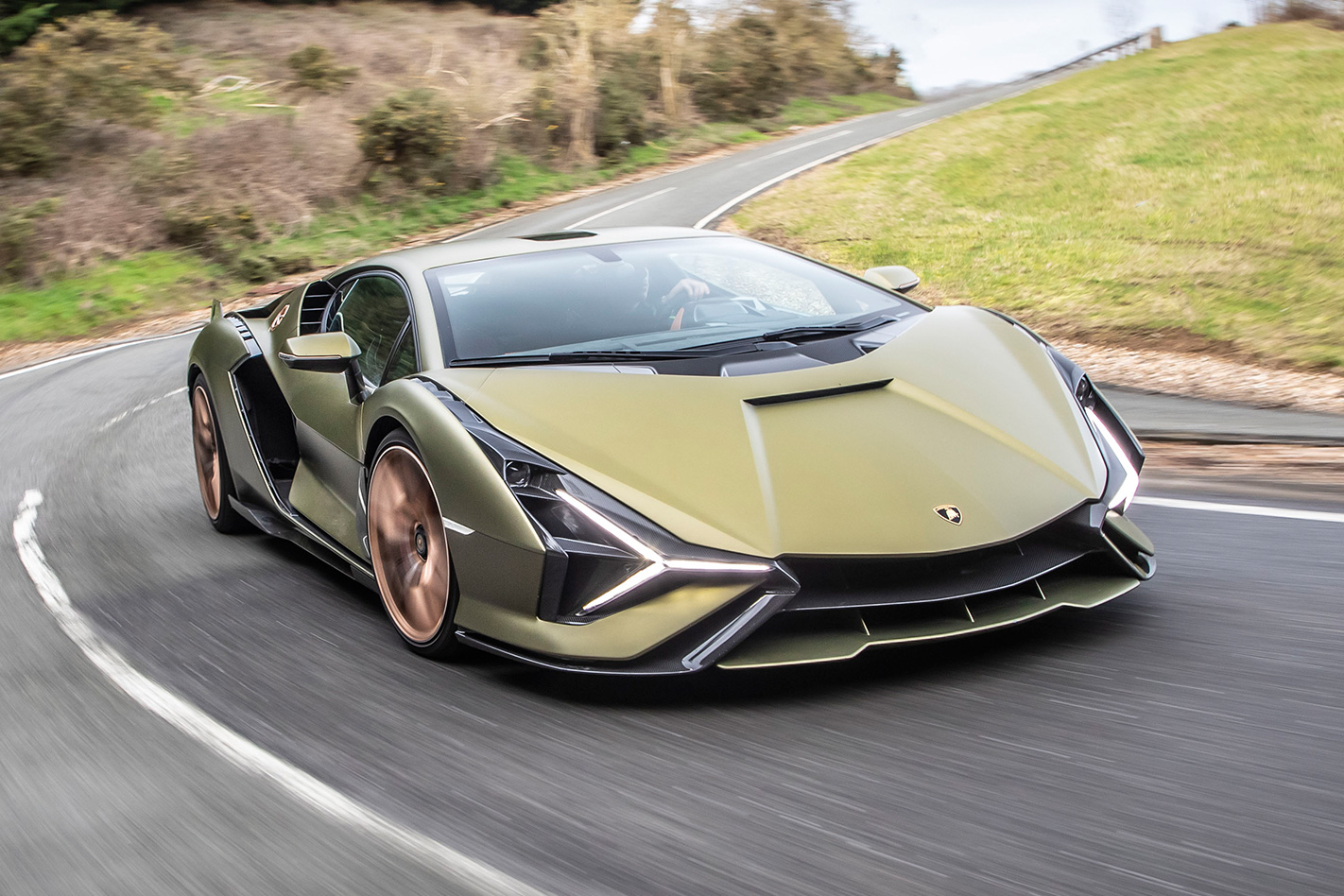
We need to develop our super sport car with all the main parameters of today’s cars: driving emotion, handling, performance etc. because all of our customers expect our cars to perform better than their predecessors. The next cars will be faster, better handling and so on. All of the performance measures need to be better.
It’s important that when a customer sits blindfolded in a pure electric Lamborghini, they will recognise immediately that they’re sitting in a Lamborghini. It’s not an easy task with electrification, to differentiate cars, so that’s probably the biggest challenge that we face.
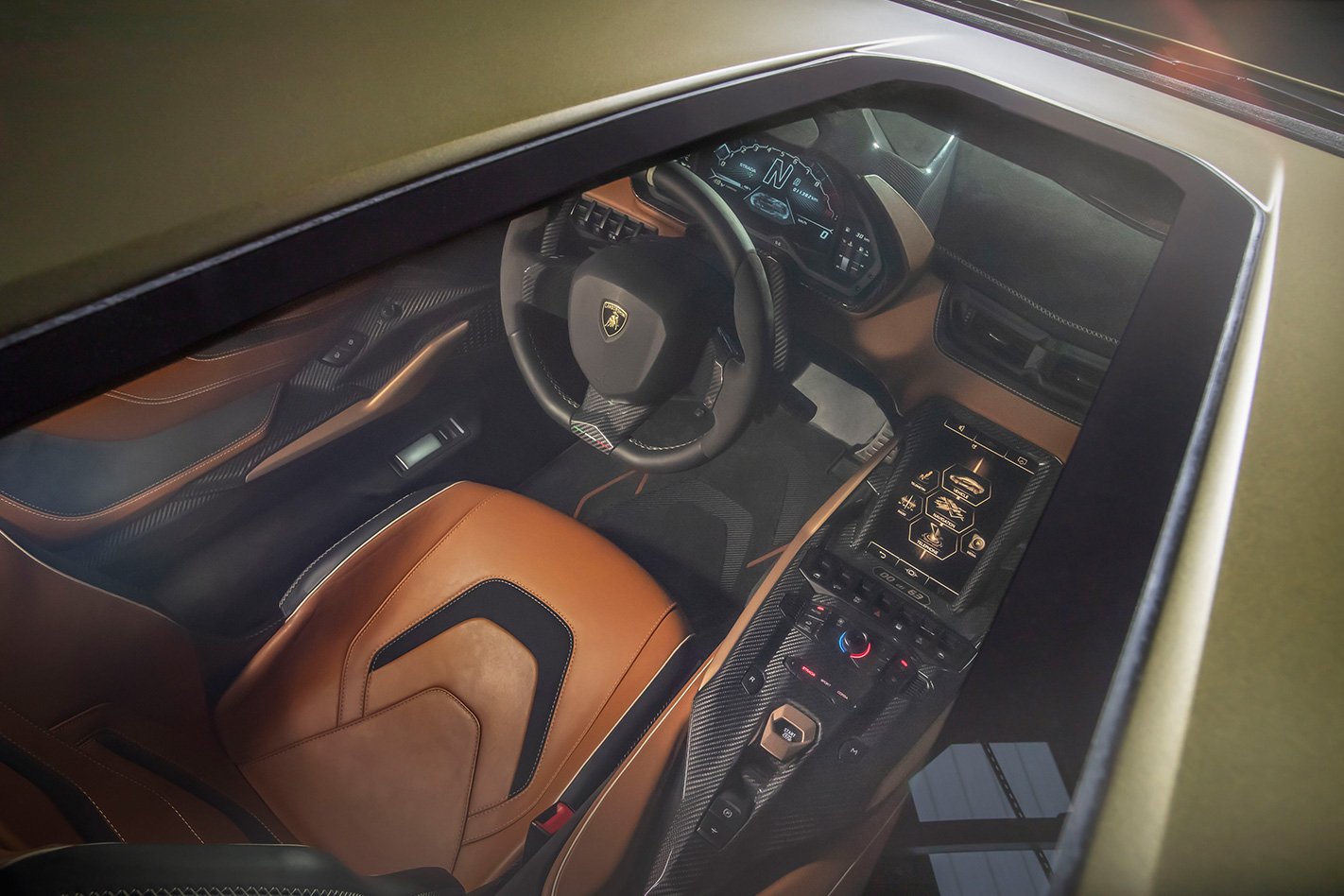
What are your aims for 2022?
A lot of orders! (laughs) 2022 – my goal would be to resume travelling normally like it was before, to have a monthly face to face meeting with our guys all over the world, with dealers, which is important.
Face to face contact with dealers is so important and face to face contact with customers is key. Lamborghini is really an individual business and we as a brand like to stay in contact with our customers. We always listen to the voice of our customers and the voice of our markets. This is the strength of Lamborghini and I hope that from 2022 onwards we can resume that strategy.
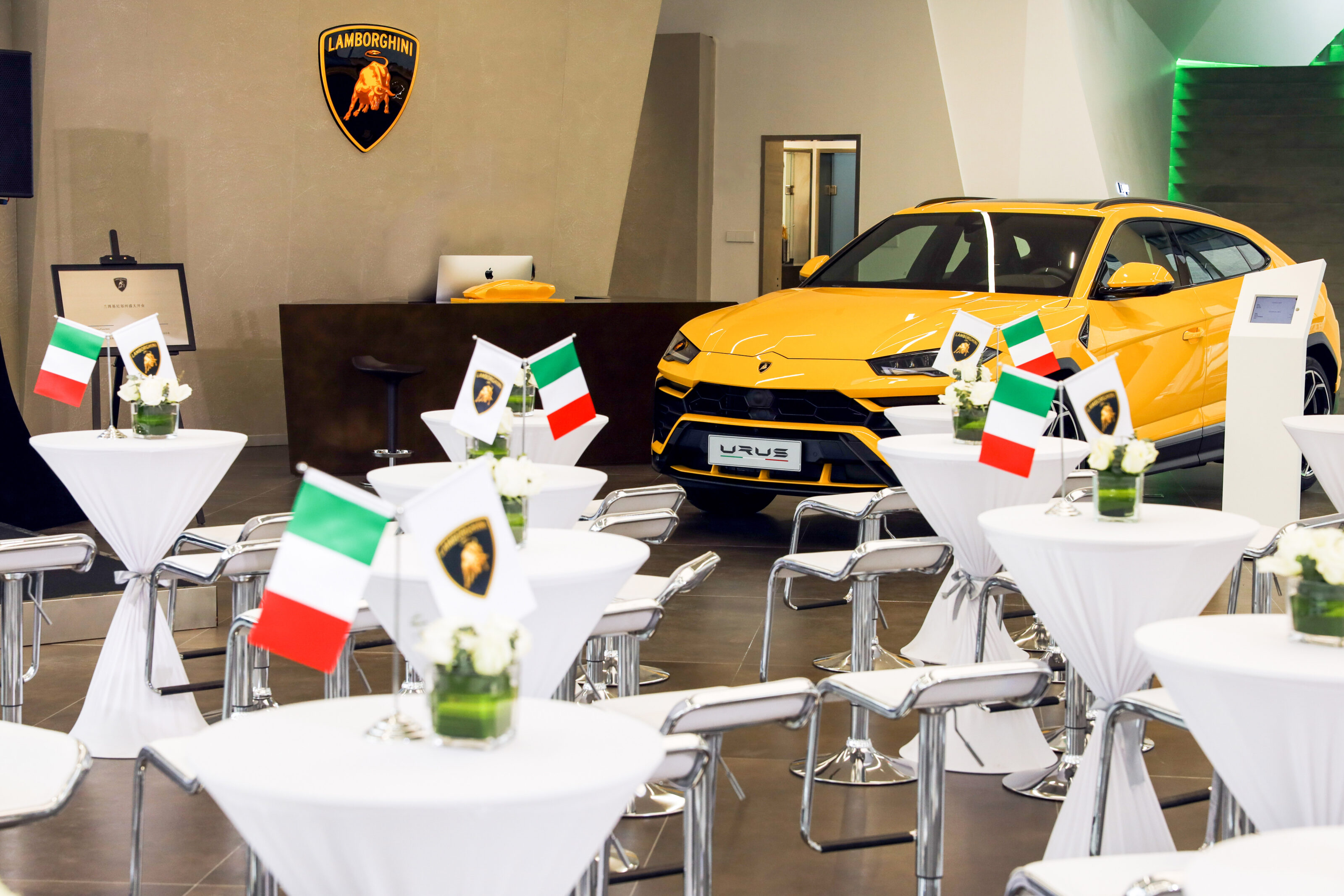
During those years, Lamborghini has been amazing to switch from when the pandemic started from above the line marketing activities to teach them so we launched more than four cars using virtual reality. We always wanted to be close to our customers, our media friends, our dealers in a moment that was not easy.
Now we want to go back again and be close to our customers, our media friends and our dealers face to face. We are in in an individual, personal business and we are a brand that likes to be feeling the customer close to us.


